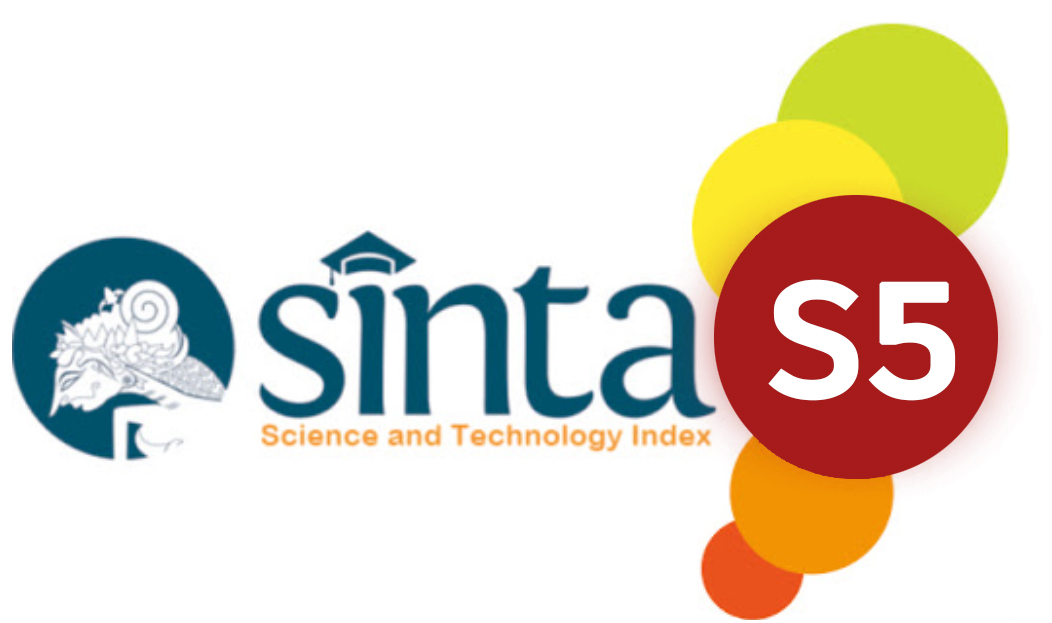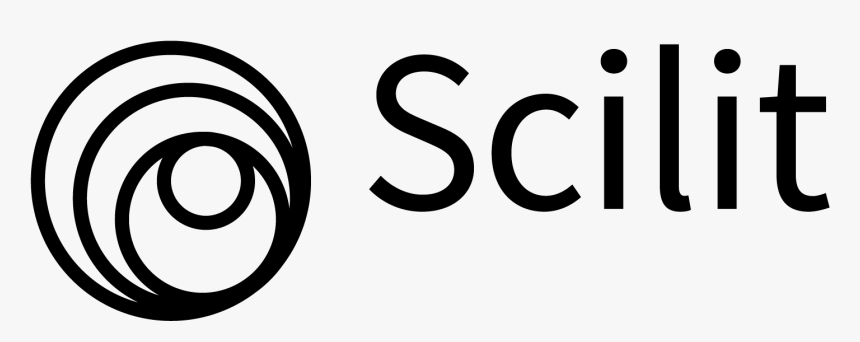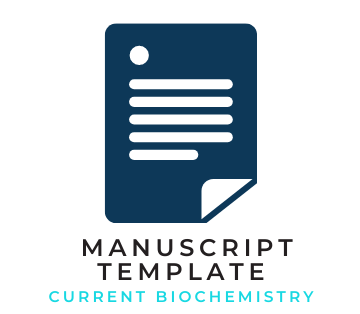The Potency of Nanocurcuminoid of Temulawak as A Preventive Agent for Lipid Peroxidation on Inflammation in Rats
Abstract
The formation of prostaglandins and free radicals in the body occurs in response to inflammation. The use of non-steroidal synthetic drugs to overcome the effects of free radicals often causes harmful side effects to the body. Natural ingredients that have high antioxidant potential, such as curcumin, ginger are expected to overcome this problem. This study aims to measure the antioxidant potential of ginger nanocurcuminoid preparations coated with palmitic acid, by observing the lipid peroxide profile in the liver of inflammatory Spague-Dawley rats. SpagueDawley mice were induced with 1% carrageenan to trigger inflammation, then the lipid peroxide levels were measured after 24 hours. Measurement of lipid peroxide levels was carried out using a spectrophotometer with a wavelength of 532 nm. The size of the nanocurcuminoid preparation coated with palmitic acid was 561.53 nm with an IP value of 0.309. Lipid peroxide levels in the curcuminoid extract group at a dose of 100 mg / kg BW and the nanocurcuminoid group at a dose of 250 mg / kg BW were 0.27x10-4 nmol / g and 1.22 x10-4 nmol / g respectively. These showed that the antioxidant potential of temulawak nanocurcuminoids at a dose of 250 mg / kg BW was 114 times higher than that of curcuminoid extract at a dose of 100 mg / kg BW.
Copyright (c) 2019 Waras Nurcholis, Chelsea, Laksmi Ambarsari

This work is licensed under a Creative Commons Attribution-ShareAlike 4.0 International License.












